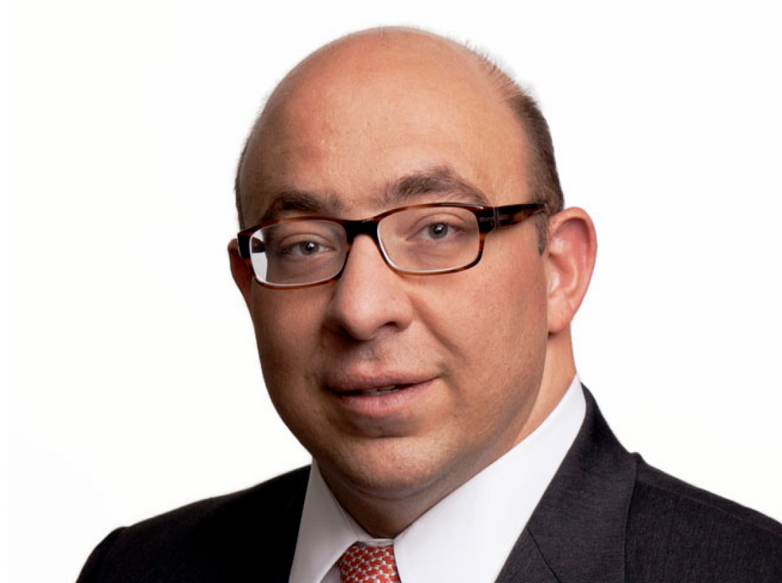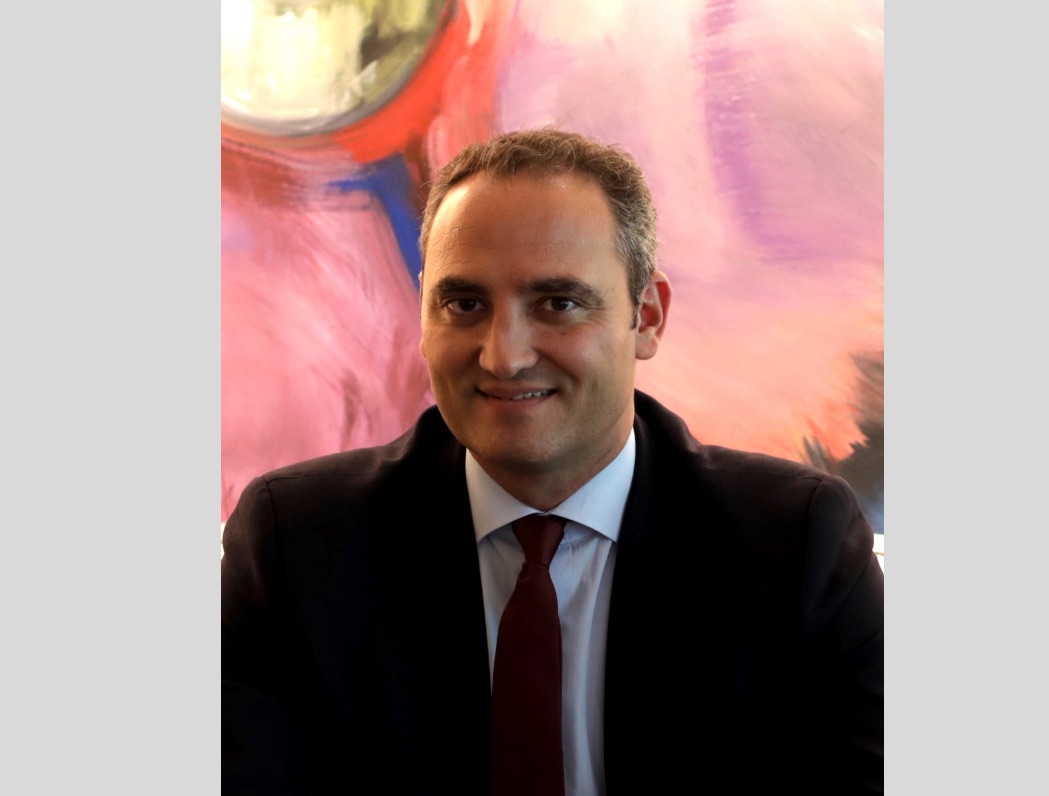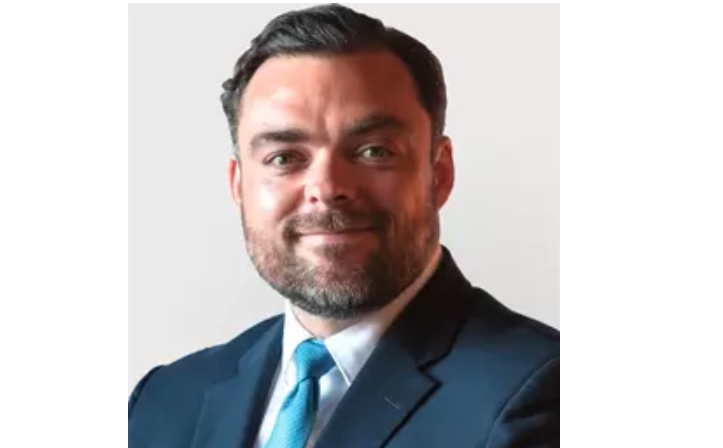Morgan Stanley adquiere E*Trade por aproximadamente 13.000 millones de dólares
| Por Gabriela Huerta | 0 Comentarios

Morgan Stanley comprará E*Trade Financial Corporation, una empresa líder de servicios financieros y pionera en la industria de corretaje en línea, en una operación valorada en aproximadamente 13.000 millones de dólares. La operación aumentará significativamente la escala y la amplitud de la franquicia Wealth Management de Morgan Stanley, y posiciona a Morgan Stanley como líder de la industria en Wealth Management en todos los canales y segmentos de riqueza.
Según los términos del acuerdo, los accionistas de E*Trade recibirán 1.0432 acciones de Morgan Stanley por cada acción de E*Trade, lo que representa una consideración por acción de 58,74 dólares.
La transacción creará un jugador líder en Workplace Wealth, combinando el principal negocio de planes de acciones de EE. UU. de E*Trade con Shareworks de Morgan Stanley. E*Trade también ofrece un conjunto completo de servicios de banca digital, incluida la integración directa con cuentas de corretaje, cuentas corrientes y de ahorro de alto rendimiento, acelerando significativamente los esfuerzos de banca digital de Morgan Stanley.
E*Trade tiene más de 5,2 millones de cuentas de clientes con más de 360.000 millones en activos de clientes minoristas, lo que se suma a las relaciones existentes de Morgan Stanley con 3 millones de clientes y 2,7 billones (trillion en inglés) de activos de clientes. De acuerdo con la compañía, «el modelo de servicio completo, impulsado por asesores de Morgan Stanley, junto con las capacidades digitales y directas al consumidor de E*Trade, permitirán que la empresa combinada tenga las mejores ofertas de productos y servicios para soportar el espectro completo de riqueza“.
Según James Gorman, presidente y CEO de Morgan Stanley: «E*Trade representa una extraordinaria oportunidad de crecimiento para nuestro negocio de gestión patrimonial y un salto adelante en nuestra estrategia de gestión patrimonial… Además, esto continúa la transición de una década de nuestra Firma a una mezcla comercial más clara en el balance general, enfatizando fuentes de ingresos más duraderas. Finalmente, estoy encantado de que Mike Pizzi, CEO de E*Trade, se unirá a Morgan Stanley. Mike continuará dirigiendo el negocio E*Trade dentro de la franquicia Morgan Stanley y liderará el esfuerzo de integración en curso. Mike me reportará y se unirá a los Comités Operativo y de Gestión de Morgan Stanley. Además, invitaremos a uno de los directores independientes de E * TRADE a unirse a nuestra Junta. Esperamos dar la bienvenida a la infusión de talento de gestión y tecnología que E*Trade aportará a Morgan Stanley”.
Mike Pizzi agregó: «Desde que creamos la categoría de corretaje digital hace casi 40 años, E*Trade ha interrumpido constantemente el status quo y ha brindado herramientas y servicios de vanguardia a inversores y traders. Al unirnos a Morgan Stanley, podremos llevar nuestra oferta combinada al siguiente nivel y ofrecer un conjunto aún más completo de capacidades de gestión de patrimonio. Poner la marca y las ofertas de E*Trade bajo el paraguas de Morgan Stanley crea una propuesta de valor de gestión de patrimonio realmente emocionante y permite a nuestro equipo colectivo servir a un espectro mucho más amplio de clientes».
Tras la integración, los negocios combinados de Gestión de Riqueza e Inversión contribuirán aproximadamente el 57% de las ganancias antes de impuestos de la empresa, excluyendo posibles sinergias, en comparación con solo aproximadamente el 26% en 2010.
La adquisición está sujeta a las condiciones de cierre habituales, incluidas las aprobaciones regulatorias y la aprobación de los accionistas de E*Trade, y se espera que finalice en el cuarto trimestre de 2020.














